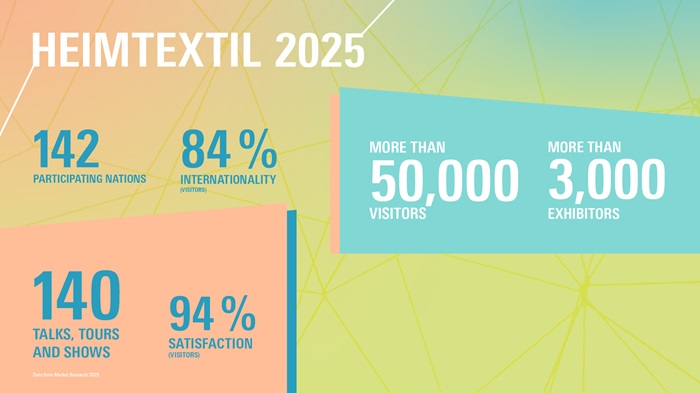China’s position as the top global cotton importer is weakening as cotton shipments flow into flourishing textile industries in competing countries. Following years of rising production costs, volatility from government intervention in the market, and government caps on the volume of imports, China’s cotton imports dropped from their peak of 24.5 million bales in 2011 to 4.4 million bales in 2015 before rebounding to 9.5 million bales in 2021.
Meanwhile, competing countries, including Vietnam, Pakistan, Indonesia, Bangladesh, and Turkey, have expanded their textile industries and boosted cotton imports over the same period. These countries’ combined imports now exceed China’s volume of cotton imports. This increasing geographic diversification of global cotton demand has helped US cotton exports to remain relatively robust despite volatility in China’s imports over the past decade.
Combined cotton imports by Vietnam, Pakistan, Indonesia, Bangladesh, and Turkey are expected to rise by 8.1 million bales from 2021 to 2030 while China’s imports will rise by a more modest 3.5 million bales. In 2030, China is forecast to account for 24 per cent of total global cotton imports, while the other five destinations are projected to account for 47 per cent of world cotton imports.
Soon after China joined the World Trade Organisation in 2001, the nation’s textile manufacturers had become the world’s leading importers of cotton.











